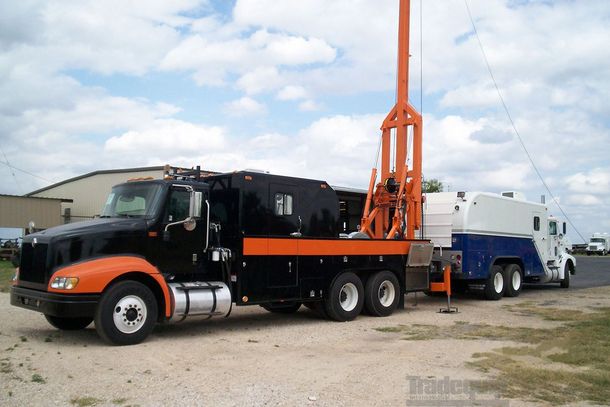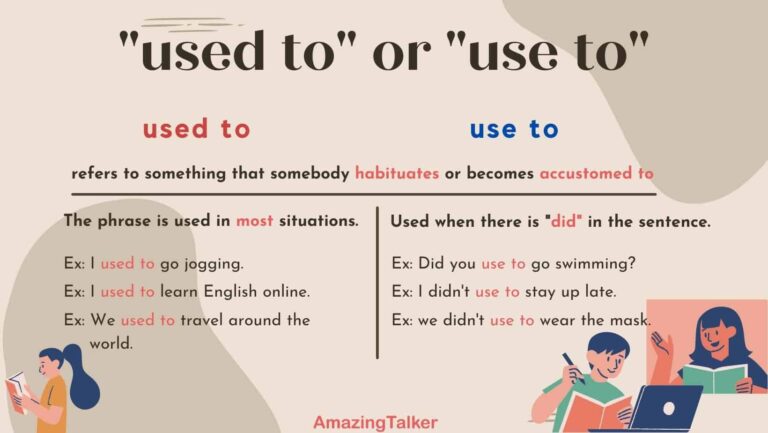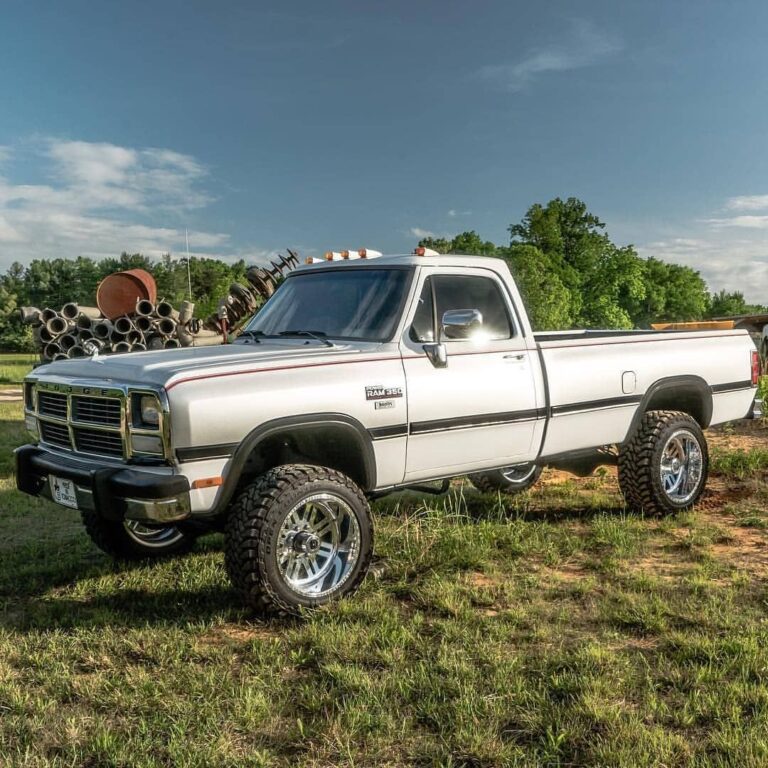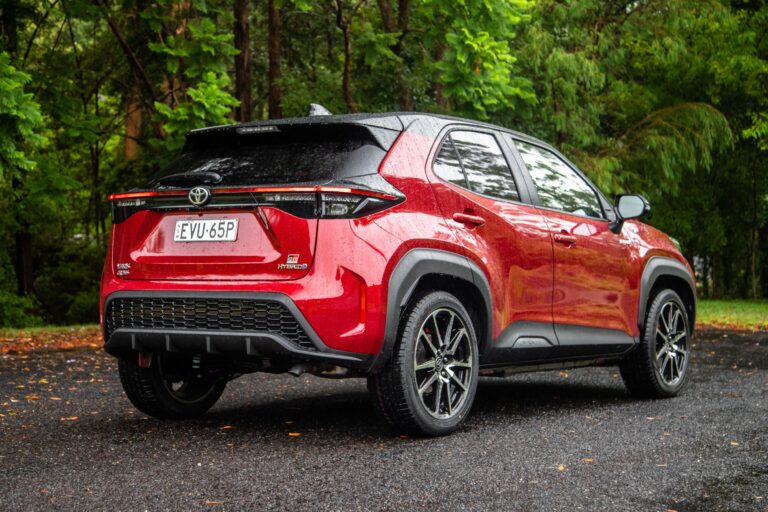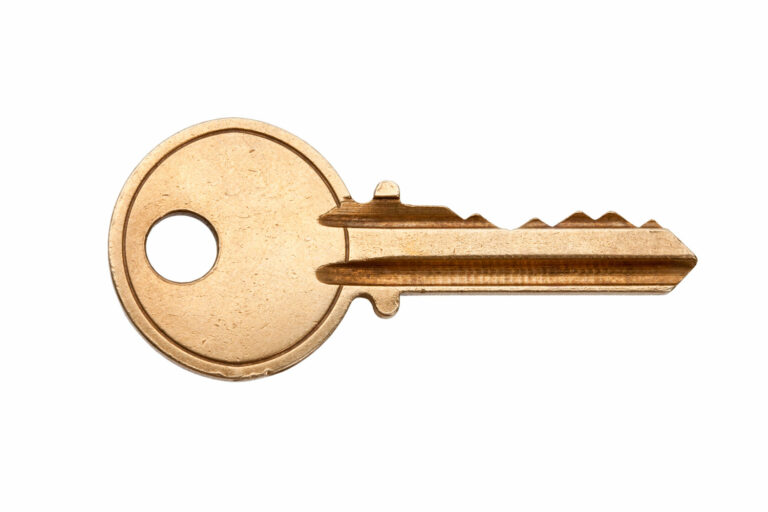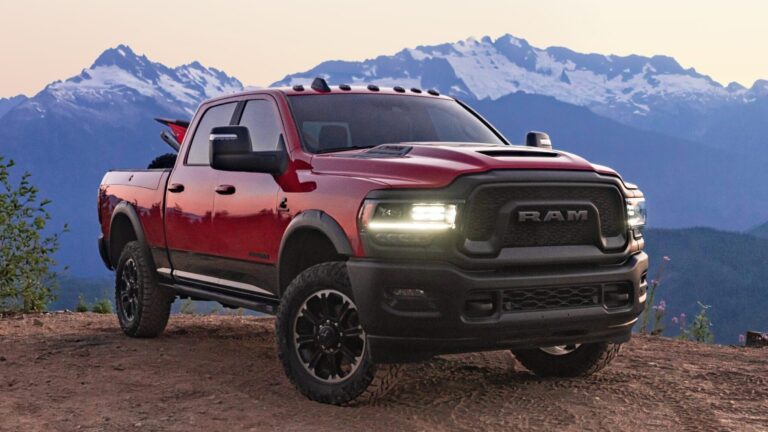Slickline Trucks For Sale: Your Comprehensive Guide to Acquisition and Operation
Slickline Trucks For Sale: Your Comprehensive Guide to Acquisition and Operation cars.truckstrend.com
In the dynamic world of oil and gas exploration and production, well intervention is a critical process that ensures optimal performance and longevity of wells. At the heart of many such operations lies the slickline truck – a specialized, self-contained mobile unit designed for deploying and retrieving tools in a wellbore using a single strand of wire. For companies looking to expand their capabilities, replace aging equipment, or enter the well service sector, understanding the market for "Slickline Trucks For Sale" is paramount.
This comprehensive guide aims to demystify the process of acquiring a slickline truck, whether new or used. We will delve into what these vital pieces of equipment are, the benefits of purchasing them, key considerations during the buying process, and practical advice to ensure a wise investment.
Slickline Trucks For Sale: Your Comprehensive Guide to Acquisition and Operation
What is a Slickline Truck? The Unsung Hero of Well Intervention
A slickline truck is essentially a mobile well intervention unit built on a heavy-duty truck chassis. Its primary function is to deploy and retrieve various downhole tools into oil, gas, or geothermal wells using a smooth, uninsulated wire, typically ranging from 0.082 to 0.125 inches in diameter. Unlike braided line or electric wireline, slickline does not transmit electrical signals, making it ideal for mechanical operations.
Typical operations performed by a slickline truck include:
- Setting and retrieving plugs: Isolating sections of the well for various operations.
- Shifting sleeves: Changing the flow path within the wellbore.
- Fishing operations: Retrieving lost tools or debris from the well.
- Bottom-hole pressure and temperature surveys: Gathering critical reservoir data.
- Bailing sand or fill: Clearing obstructions from the wellbore.
- Running gauges and memory logging tools: Collecting data on well conditions.
- Perforating (limited scope): Using specialized tools, though typically done with electric wireline.

Each slickline truck is equipped with a powerful winch system (often hydraulic), a control console, a drum for the slickline, a measuring head, a mast or boom for sheave placement, and various safety features. Their mobility allows them to be deployed rapidly to remote well sites, making them indispensable assets in the field.
Why Consider Slickline Trucks For Sale?
The decision to purchase a slickline truck, particularly a used one, comes with several compelling advantages:
- Cost-Effectiveness: New slickline trucks represent a significant capital expenditure. Opting for a used model can offer substantial savings, making it an attractive option for startups or companies looking to expand without straining their budget.
- Immediate Availability: Unlike new trucks, which often have long lead times for manufacturing and customization, used slickline trucks are typically available for immediate acquisition and deployment, allowing for quicker operational readiness.
- Proven Track Record: A used truck has a history. With proper maintenance records, you can assess its past performance, reliability, and identify any recurring issues. This can provide a level of confidence that a brand-new, untested unit might not.
- Faster Return on Investment (ROI): Lower initial investment costs mean a quicker payback period, allowing the business to generate revenue sooner and reinvest in other areas.
- Environmental Benefits: Extending the life of existing equipment reduces the demand for new manufacturing, contributing to a more sustainable operational footprint.

Key Components and Features to Look For
When evaluating slickline trucks for sale, understanding their critical components and desirable features is essential.
- Winch System & Drum: This is the heart of the unit. Assess the drum capacity (how much wire it can hold), the condition of the hydraulic motor, and the level-wind system’s functionality. Ensure the drum is free from excessive wear or damage.
- Slickline Wire: While not always included, the type and condition of the existing wire (if any) are important. Common sizes are 0.082", 0.092", 0.108", and 0.125". The wire itself is a consumable, but its inclusion can be a bonus.
- Power Pack: This typically consists of a diesel engine (e.g., Cummins, Caterpillar) and a hydraulic pump system that powers the winch. Check engine hours, service history, and look for any leaks or unusual noises.
- Control Console: The operator’s interface. Ensure all gauges, displays (depth, tension, speed), and controls are fully functional and well-maintained. Digital readouts are preferred for accuracy.
- Depth and Tension Systems: These are crucial for safe and accurate operations. Look for reliable electronic or mechanical measuring devices. Redundancy in these systems is a plus.
- Mast/Boom Assembly: Used to position the line sheave directly over the wellhead. Check for structural integrity, hydraulic cylinder leaks, and proper articulation.
- Safety Features: Critical for personnel and well integrity. This includes emergency stops, pressure relief valves, load limiters, guards, and adequate lighting.
- Truck Chassis: The foundation of the unit. Inspect the frame for cracks, rust, and structural damage. Evaluate the engine, transmission, suspension, and tires. Consider mileage and overall condition.
- Ancillary Equipment: Does it come with toolboxes, work lights, air compressor, generator, or a fully stocked tool string? These additions can add significant value.
- Climate Control: For operator comfort and efficiency, especially in extreme environments.
Types of Slickline Trucks
Slickline trucks can vary significantly in size, capacity, and features, catering to different operational needs:
- Compact/Light-Duty Units: Often built on smaller truck chassis, ideal for quick deployments, limited access locations, or lighter well intervention tasks. They typically have smaller wire capacities.
- Standard/Mid-Range Units: The most common type, built on robust commercial truck chassis. They offer a good balance of wire capacity, power, and versatility for a wide range of slickline operations.
- Heavy-Duty/High-Capacity Units: Designed for deeper wells, larger wire requirements, or more demanding operations. These are typically built on larger, multi-axle trucks and feature more powerful engines and winches.
- Offshore/Skid-Mounted Units: While not strictly "trucks," these units perform the same function but are designed to be moved by crane onto offshore platforms or vessels. They are self-contained and often containerized.
Important Considerations Before Buying
A thorough due diligence process is crucial to avoid costly mistakes.
- Comprehensive Inspection: This is non-negotiable. Ideally, hire an independent third-party inspector specializing in oilfield equipment. They can identify hidden issues with the engine, hydraulics, winch, and structural integrity.
- Maintenance Records: Request detailed service history. Look for regular oil changes, hydraulic fluid replacements, wire inspection logs, and records of any major repairs or component replacements. A well-documented history indicates a well-cared-for asset.
- Certifications and Compliance: Ensure the truck and its components meet all relevant industry standards (e.g., API, DNV) and local regulatory requirements for safety and operation. Check for current pressure certifications for any associated pressure control equipment.
- Geographical Location: Consider the cost and logistics of transporting the truck from its current location to your operational base.
- Spare Parts Availability: Research the availability of parts for the specific manufacturer and model. Older or less common models might have difficulty sourcing replacements.
- Budget and Financing: Establish a clear budget that includes not only the purchase price but also transportation, potential refurbishment, insurance, and initial operating costs. Explore financing options if needed.
- Resale Value: While buying used saves money, consider the future resale value. Well-maintained trucks from reputable manufacturers tend to hold their value better.
Where to Find Slickline Trucks For Sale
The market for slickline trucks is diverse. Here are common avenues:
- Online Equipment Marketplaces: Websites like MachineryTrader, Rigzone, My Little Salesman, and specialized oilfield equipment portals often list used slickline trucks.
- Auction Houses: Industrial auctioneers (e.g., Ritchie Bros., IronPlanet) frequently feature oil and gas equipment, including slickline trucks. Auctions can offer good deals but require quick decision-making and pre-inspection.
- Equipment Dealers: Specialized dealers in oilfield equipment often have a selection of used slickline trucks, offering expertise and sometimes warranties or refurbishment options.
- Direct from Operators: Companies upgrading their fleet or exiting the business may sell directly. Networking within the industry or contacting operators can lead to direct deals.
- Industry Forums and Publications: Niche forums or trade publications might have classified sections.
The Buying Process: A Step-by-Step Guide
- Define Your Needs: Determine the specific type of operations you’ll perform, required wire capacity, power, and budget.
- Research and Shortlist: Browse listings, compare specifications, and create a shortlist of potential trucks.
- Contact Sellers: Ask for detailed specifications, maintenance records, photos, and videos.
- Arrange Inspection: Schedule a physical inspection of the truck. Ideally, bring an experienced mechanic or slickline operator.
- Request Service Records: Thoroughly review all maintenance and repair logs.
- Negotiate Price: Based on your inspection findings and market research, negotiate a fair price.
- Draft a Purchase Agreement: Ensure all terms, conditions, warranties (if any), and responsibilities are clearly outlined.
- Secure Financing: Finalize any loans or financing arrangements.
- Arrange Transportation: Plan for the safe and compliant transport of the truck to your facility.
- Post-Purchase Checks: Upon arrival, conduct a final check, perform necessary servicing, and prepare for operational readiness.
Maintaining Your Slickline Truck
Proper maintenance is key to maximizing the lifespan and reliability of your slickline truck.
- Regular Servicing: Adhere to manufacturer-recommended service intervals for engine, hydraulics, and winch components.
- Wire Inspection: Regularly inspect the slickline for wear, corrosion, flat spots, or kinks. Replace wire as needed.
- Hydraulic System: Check fluid levels, filters, and hoses for leaks. Ensure proper pressure and flow.
- Electrical System: Inspect wiring, connections, and sensors. Ensure all safety interlocks are functioning.
- Safety Equipment: Routinely check emergency stops, fire extinguishers, and personal protective equipment.
- Structural Integrity: Inspect the chassis, mast, and other structural components for cracks, rust, or damage.
Challenges and Solutions
- Challenge: Assessing True Condition: Used equipment can hide issues.
- Solution: Invest in a professional third-party inspection and demand comprehensive maintenance records.
- Challenge: Finding the Right Model: Specific features or capacities might be hard to locate.
- Solution: Be patient, leverage multiple sourcing channels, and consider a slightly older model that can be refurbished to meet your needs.
- Challenge: Transport Logistics: Moving heavy equipment can be complex and expensive.
- Solution: Factor transport costs into your budget early and work with reputable heavy haulage companies.
- Challenge: Post-Purchase Support: Lack of warranty on used equipment.
- Solution: Build relationships with local service providers and ensure you have access to a reliable supply chain for spare parts.
Slickline Trucks For Sale: Estimated Price Guide
The price of a slickline truck varies widely based on age, condition, manufacturer, features, and market demand. The table below provides estimated ranges for different categories of slickline trucks for sale, along with key factors influencing their cost. These figures are illustrative and subject to significant market fluctuations.
| Category | Age Range (Approx.) | Estimated Price Range (USD) | Key Factors Influencing Price |
|---|---|---|---|
| Basic/Older Used | 10-20+ years | $80,000 – $150,000 | High hours, basic features, visible wear, potential for repairs |
| Mid-Range Used | 5-10 years | $150,000 – $300,000 | Moderate hours, good condition, standard features, good history |
| Newer/Premium Used | 1-5 years | $300,000 – $500,000+ | Low hours, excellent condition, advanced features, modern tech |
| New Custom Build | Brand New | $600,000 – $1,000,000+ | Full customization, latest technology, warranty, long lead time |
Note: These prices typically include the truck chassis and the slickline unit itself, but may or may not include pressure control equipment (e.g., lubricators, BOPs), downhole tools, or the slickline wire itself. Always clarify what is included in the sale.
Frequently Asked Questions (FAQ) about Slickline Trucks For Sale
Q1: What is the typical lifespan of a slickline truck?
A1: With proper maintenance, a slickline truck can have a lifespan of 15-25 years or more. The key components like the engine, hydraulic system, and winch can be rebuilt or replaced, extending the unit’s operational life well beyond the original chassis.
Q2: Are there specific certifications required for operating a slickline truck?
A2: Yes, operators must be trained and certified (e.g., IADC Rig Pass, well control certifications). The truck itself must comply with local transportation regulations, and the slickline unit, especially pressure control equipment, must meet industry standards like API (American Petroleum Institute) for safety and performance.
Q3: Can a used slickline truck be customized or upgraded?
A3: Absolutely. Many buyers choose to refurbish or upgrade used trucks. This can include engine overhauls, hydraulic system upgrades, installing new control consoles, or adding modern safety features. This allows for tailoring the truck to specific needs while still benefiting from a lower initial cost.
Q4: What’s the main difference between slickline and wireline trucks?
A4: The primary difference lies in the type of line used and the operations performed. Slickline uses a single, smooth, uninsulated wire for mechanical operations. Wireline (specifically electric wireline) uses a multi-conductor cable that transmits electrical signals, enabling sophisticated electronic logging tools, perforating guns, and downhole cameras. Slickline is generally simpler and more cost-effective for mechanical tasks.
Q5: What are the main ongoing operating costs for a slickline truck?
A5: Operating costs include fuel, routine maintenance (oil changes, filters, hydraulic fluid), slickline wire replacement (a regular consumable), repairs, insurance, operator salaries, and transportation costs to well sites.
Q6: Is it better to buy new or used?
A6: The choice depends on your budget, urgency, and specific operational needs. New trucks offer warranties, the latest technology, and full customization but come at a high price and long lead times. Used trucks offer cost savings and immediate availability but require thorough inspection and potential refurbishment.
Conclusion
The market for "Slickline Trucks For Sale" offers a range of opportunities for companies in the oil and gas industry. Whether you’re a seasoned operator looking to expand your fleet or a new venture entering the well service sector, a well-chosen slickline truck can be a cornerstone of your success. By understanding the equipment, conducting thorough due diligence, and making informed decisions, you can acquire a valuable asset that contributes significantly to efficient and safe well intervention operations for years to come. Remember, a wise investment in a slickline truck is an investment in your operational capability and long-term profitability.

